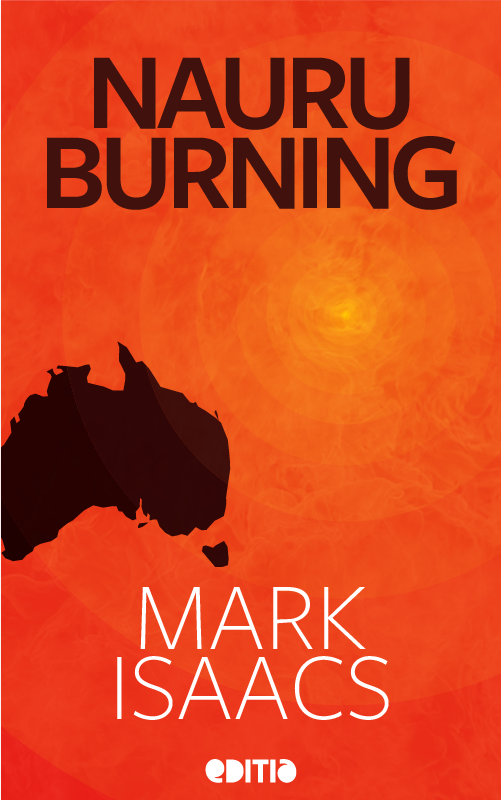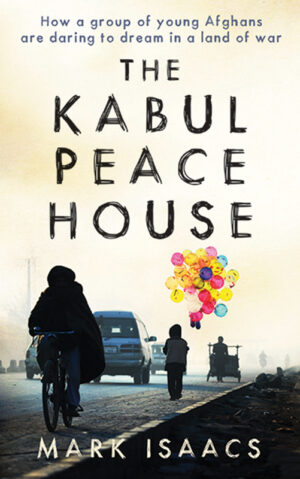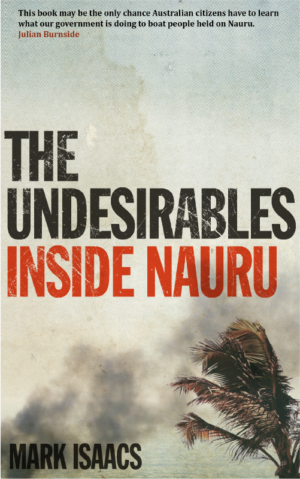Description
”Baqir wanted to die there; he wanted to stop living. ‘Everything I had ever suffered and lived before, it was in front of my eyes.’ His bright future was destroyed.
Mark IsaacsNauru Burning
Climate for a riot
Asylum seekers were deported to an intentionally remote location, to a climate of high heat and humidity, and incarcerated indefinitely without right of appeal, without a transparent refugee processing system, where they waited interminably for a decision they didn’t know would ever come. Everyday life on Nauru was numbingly boring. People in detention lacked any power over their lives and their fate. They did not know what would become of them. They were lost and helpless with no clear way of expressing their concerns. Even if they could find a way to communicate, who would listen? The gradual build-up of pressure, the unalleviated stress, the uncertainty of their future, created an atmosphere of simmering helplessness, frustration and anger.


The Protest
Protests were not uncommon in Nauru. Faced with continual delays in the processing of their asylum claims, the men staged regular peaceful protests.
“The protest was to give us a voice. The only agreement was to do a peaceful protest. Nobody agreed to fighting, breaking things; just to have their voice heard.”
But things didn’t go as planned.
Nauru Burning Study Guide
This study guide or unit of work has been created for teachers who want to study Nauru Burning. It is intended for senior students and is available for free download.

Buy your copy now
$15.00Add to cart





There are no reviews yet.